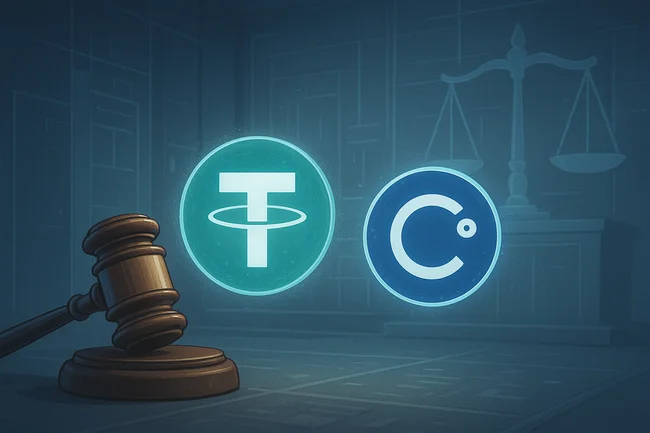Fork resistance refers to the ability of a blockchain to withstand changes that would split it into two separate chains. This often happens when there is a disagreement among developers or users about updates or changes to a network protocol. A fork can be either soft or hard. A soft fork is backward-compatible, meaning that users don’t need to upgrade their software to continue transacting. A hard fork, however, creates a permanent divergence in the blockchain, leading to two distinct versions. This can lead to confusion, loss of funds, or fragmentation of the community.Fork resistance is essential because it helps maintain a stable and cohesive network. A blockchain that is resistant to forks can minimize disruptions and enhance trust among users and developers. In summary, fork resistance aims to ensure the stability and integrity of a blockchain, allowing it to continue functioning smoothly despite disagreements or proposed changes within the community.

Tether Settles $299.5 Million Claim With Celsius Bankruptcy Estate
Tether has paid $299.5 million to the Celsius Network bankruptcy estate, resolving a legal dispute that stemmed from the cryptocurrency lender’s



